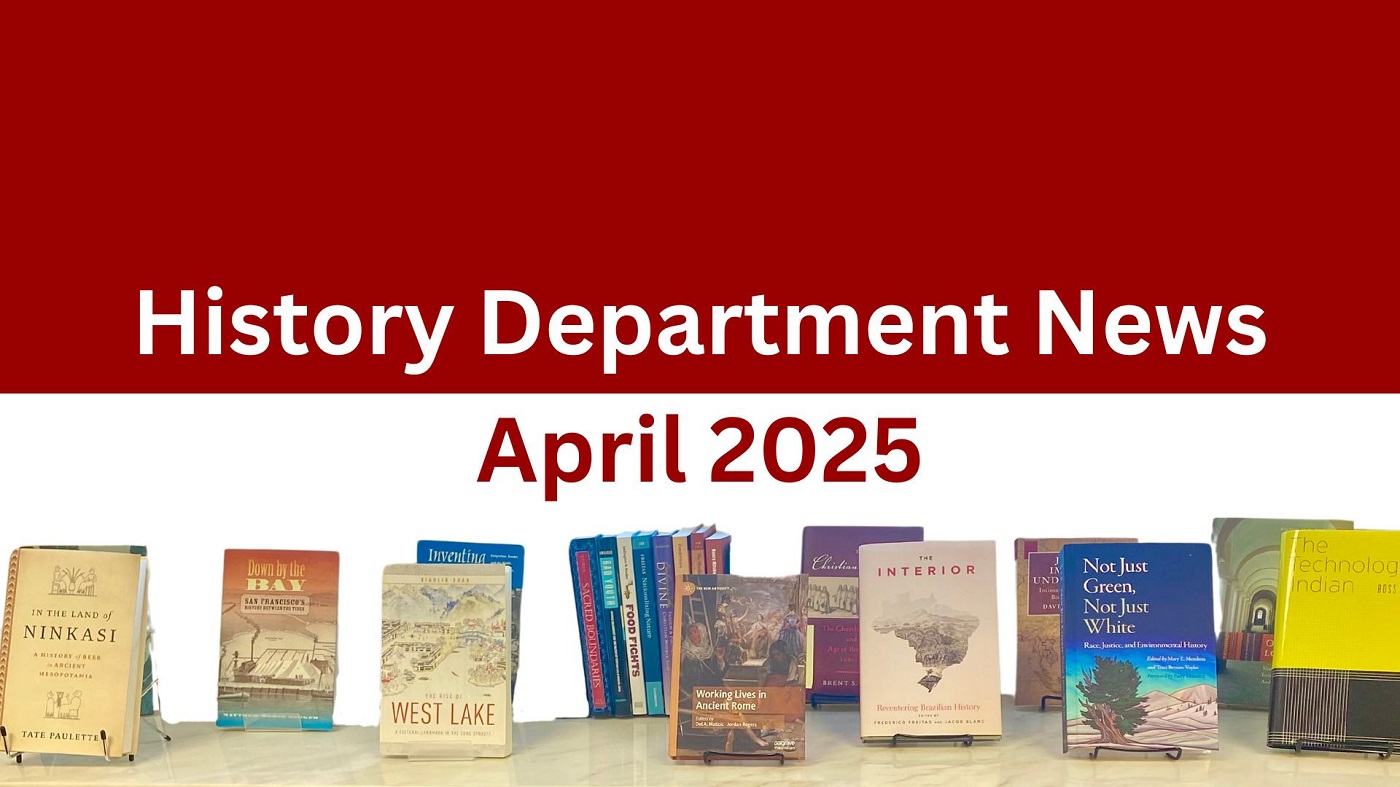A Synthesis of Three Surface Surveys in Jordan and an Interpretation of Increased Settlement and Land Use in the Late Byzantine Era
Hunter, Frances. “A Synthesis of Three Surface Surveys in Jordan and an Interpretation of Increased Settlement and Land Use in the Late Byzantine Era.” (Under the direction of Dr. S. Thomas Parker.)
The Middle East in the Byzantine period is one of the least analyzed historic periods. Scholars assumed that this was a time of turmoil and unrest when people moved away from the frontiers Rome had previously controlled. New archaeological work is forming contrasting ideas. Evidence from three surface surveys by Burton MacDonald conducted in central and western Jordan, question former ideas of abatement. This thesis will begin with a historical narrative of the ancient Middle East form the Bronze through the Byzantine periods before discussing the surveys. Surface surveys, by nature, are less intensive than excavations because they only analyze surface evidence. These surveys, the Wadi el Hasā Survey, the Southern Ghors and Northeast Άrabah Survey and the Tafila-Busayra Survey produced the first occupational evidence for the contiguous 2, 000 square kilometer area south of Wadi el Hasā. The geology, topography and climate of this area were important factors in land use, so each of these will be discussed relative to ancient land use. Primary sources provide information about this area, its inhabitants, settlement and land use of the region. Diodorus and Strabo are particularly informative. Secondary sources include ancient Middle East scholars Devin Butcher, G. W. Bowersock, Jodi Magness and S Thomas Parker. Methodology will lead discussions of data for each survey. Dates of ceramic artifacts from these surveys establish patterns and shifts in settlement. Parallels for pottery by A.D. Tushingham’s work in Dibon and J.W.Hayes’s Late Roman Pottery provide dating information for these ceramics. Stores of papyri found both in Nessana and Petra will be discussed in conjunction with archaeological evidence. Excavation work in surrounding areas aid in reconstructing Byzantine sedentarization, as central and western Jordan was interconnected with these areas in ancient times. Archaeological excavations by Colt and Urman in the Negev, S. Thomas Parker’s work at Lejjūn and Aila and several excavations in and around Petra will be used to compare settlement and land use in these related areas. Using the three surveys, excavation evidence from the Negev, Petra and nearby areas and support from ancient papyri, this thesis will argue for increased settlement and agricultural land use in this area of Jordan during the Byzantine Era. As a postscript, this thesis will offer thoughts about the implication of the surveys on future archaeological work in central Jordan.
- Categories:


